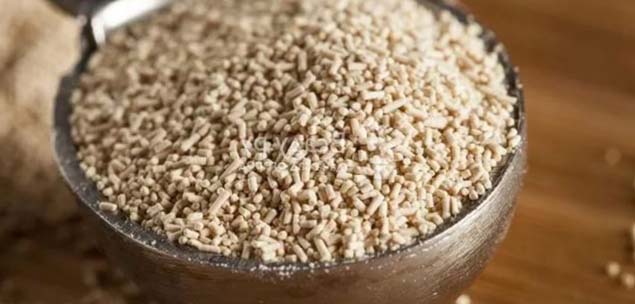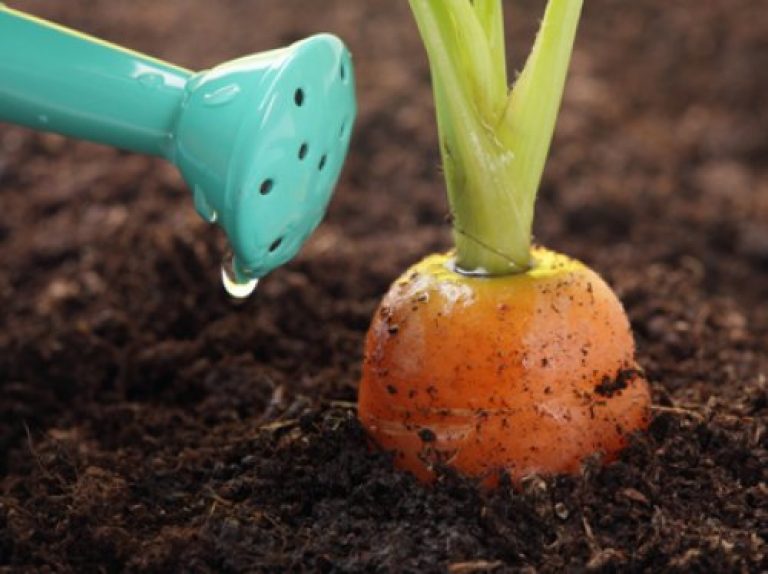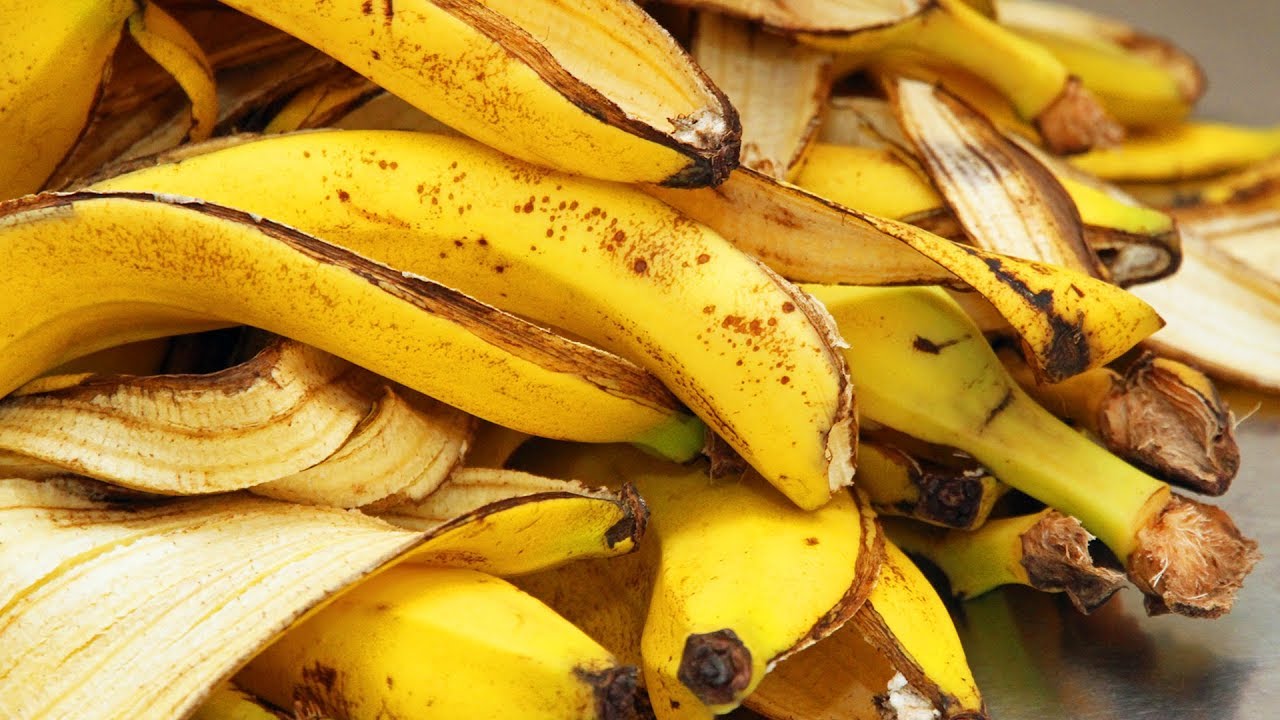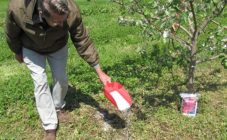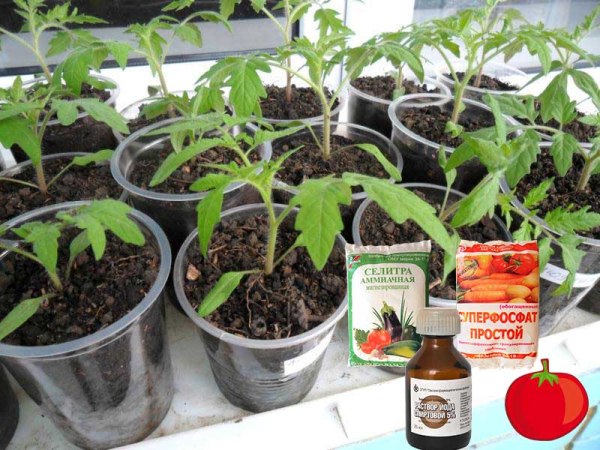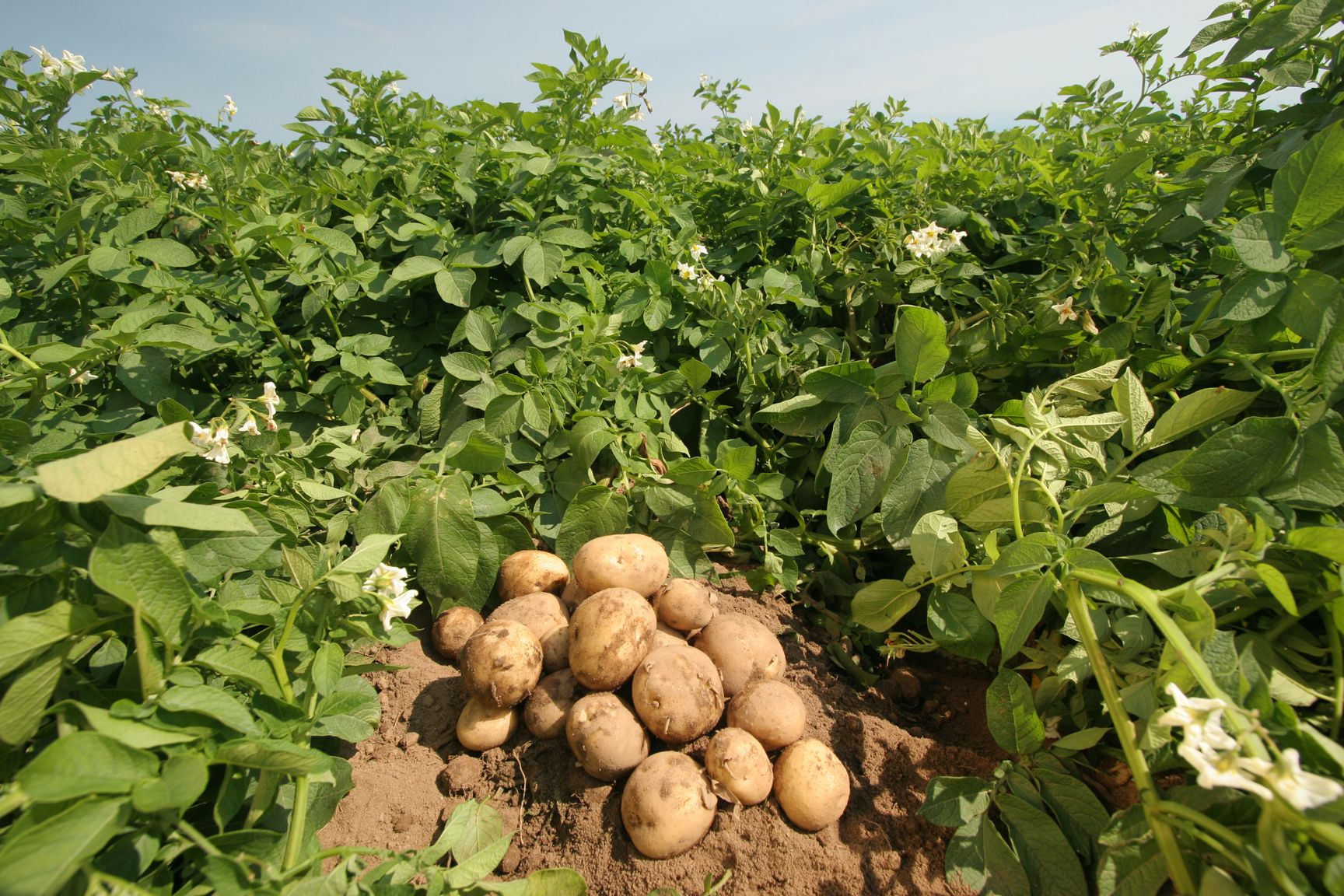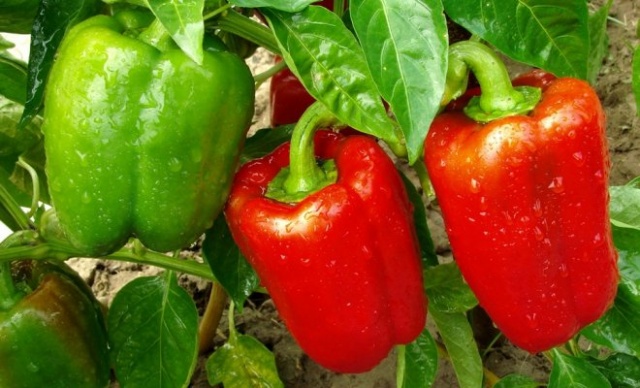Content:
What gardener doesn't want to grow an ecologically clean crop of cucumbers in our time? That is why vegetable growers in their plots are increasingly pushing chemical fertilizers into the background, giving scope to folk remedies. One of these techniques is feeding cucumbers with yeast, which, moreover, costs a gardener very cheaply.
Benefits of using yeast in the greenhouse and open field
It turns out that yeast starter fertilizers have been known since the days of grandmothers. They were used not only for vegetables, but also for crops such as strawberries, red and black currants, raspberries and even flowers. Everything grew remarkably and the plants were sick less often. They were also used for vegetable seedlings.
Cucumber, as a rapidly growing and fruitful crop, requires fertile soil, saturated with nutrients, and throughout the entire spring-summer period. As soon as the plant consumes all the food reserves contained in the soil, it immediately begins to "signal" this with its appearance:
- leaves turn pale and become smaller;
- fruits are tied less often;
- greens become hooked;
- exposed to diseases (leaves and whips dry).
To obtain a stable harvest of healthy cucumbers, the plants must be fed every week. Yeast dressing for cucumbers in the greenhouse and in the open field performs several functions at once:
- Significantly develops and strengthens the root system. As a result of the experiments, the breeders revealed that the yeast dissolved in water secrete substances that enhance the formation of roots by 6-8 times, and accelerate their appearance by 10-12 days.
- Stimulates plant growth and the formation of new lashes.
- Saturates the soil with nutrients.
- Reduces the frequency of feeding. One top dressing with yeast allows you to limit additional fertilization for a period of 1-2 months (provided there is a sufficient amount of pre-applied organic matter in the soil).
- Improves immunity.
- Contributes to the successful development of culture in the event of a lack of sunlight.
How yeast works
Yeast is the simplest unicellular fungus that contains:
- 60-65% protein;
- 5-10% amino acids;
- minerals;
- B vitamins
- trace elements.
Once in the soil, yeast fungi activate the microflora in it, the representatives of which quickly process organic substances into minerals. These mineral elements (nitrogen, phosphorus) are easily absorbed by plants.
It turns out that yeast in the soil also works as a catalyst (assistant) to accelerate all processes of processing organic matter. Only these substances should be enough in it.
Microorganisms of organic fertilizers (manure, poultry droppings, grass compost) are more aggressive towards yeast and can neutralize their action. Therefore, you cannot add them to the soil at the same time. Organics are usually added to the beds a few weeks before yeast feeding. And this applies to all crops, not just cucumbers.
Another important fact: the yeast fermentation process requires a lot of potassium and calcium.To replenish their content, wood ash is necessarily introduced into the ground or yeast is diluted with a dairy product (milk, whey), and not water.
Yeast as fertilizer: timing of feeding
How to feed cucumbers with yeast so that they grow strong and healthy, bring a rich harvest? At what time should they be introduced into the beds to create favorable conditions for the reproduction of soil bacteria?
During the spring-summer season, cucumbers are fed with yeast 2-3 times. They adhere to the following rule: better less often than often.
The first feeding of seedlings is carried out when 2 leaves appear, to stimulate the rapid development of the plant. The second - before flowering, for better formation of ovaries and fruiting. For the third time, yeast fertilizer is applied before the second wave of fruiting. This gives strength to the culture of cucumbers for the ripening of healthy greens in the future.
Yeast concentrates are stored for up to 3 days, after which time their beneficial properties disappear, and the outgoing aroma from them becomes unimportant. Fertilizers are applied both in greenhouses and in the open field in the evening, after spilling the beds with warm (25-28 ° C) water.
How to properly prepare yeast fertilizer for cucumbers
There are several options for preparing fertilizer for cucumbers from yeast, and for this they use both fresh yeast and dry yeast in bags. Some recipes are designed for quick preparation of fertilizer (2-3 hours), while others require a certain time (1-2 days) to infuse.
Fresh yeast top dressing recipes.
- № 1 on the water. The yeast is diluted with warm (30-40 ° C) water in a ratio of 100 g / liter of water. Then the volume is brought to 10 liters. Use the resulting mixture on the same day, spilling each bush with a liter of this solution. In the case when 50 g of sugar is used in the recipe, the solution is left to infuse warm for 1-2 days. Then the infused liquid is added in the same way as in the previous case.
- № 2 in milk. Dissolve 100 g of fresh yeast in a liter of warm (30-40 ° C) milk or whey. Insist 2-4 hours, add water to 10 liters. With such a solution, you can not only water cucumbers (under each bush a liter of diluted infusion), but also spray on a leaf.
Dry yeast dressing recipes.
- № 3 - dry yeast with sugar. Dry yeast (10 g) and sugar (2 tablespoons) are diluted in 10 liters of warm water. Give time to brew for 2-3 days. For feeding, the solution is diluted with water in the proportion of a liter of infusion / 5 liters of water. Water a liter of top dressing under each bush.
- № 4 - dry yeast with additives. In a five-liter container, pour a tablespoon of dry yeast, 2 g of ascorbic acid and 2 tablespoons of sugar and a handful of earth with warm water. Placed in a warm place and insist for 24 hours. Then dilute a liter of the infused solution in a bucket of water and water the cucumbers (a liter for each bush). This recipe allows you to increase the number of ovaries on cucumbers and reduce the number of barren flowers.
- № 5 - from dry yeast and bread. This option serves as an excellent top dressing for greenhouse cucumbers. Fill the bucket halfway with slices of any bread (white, rye), add warm water and put half a glass of sugar, honey or molasses and a teaspoon of dry yeast. After 3 days, the fertilizer will infuse and be ready.
The resulting bread and yeast infusion is filtered, diluted with water in the proportion ⅕ and watered or sprayed with vegetables. Such a composition is used for 2-3 days, because long-term storage does not allow live yeast to survive and the composition of the mixture changes. The expected effect of treatment with such a composition will not be and you can get the opposite result
With such a yeast infusion, you can feed not only cucumbers, but also any other vegetables on the site: tomatoes, peppers, eggplants.For seedlings, 200 ml of top dressing is enough for each bush.
When growing cucumbers in polycarbonate greenhouses, it is better to feed young plants with yeast not at the seedling stage, but 2 weeks after planting them in a permanent place. The second time you can make top dressing during flowering, and the third time, when the first large collection of cucumbers takes place.
Tips from seasoned gardeners
Based on their own experience of using yeast feeding, experienced gardeners advise:
- Do not get carried away with the frequent use of such fertilizer, 2-3 times per season is enough.
- With each yeast feeding, it is worth adding wood ash. It can be used dry (a small handful under a bush), or as an infusion (2 tablespoons ash / liter of water). This will make up for the deficiency of calcium, potassium and phosphorus in the soil.
- Vegetable crops should be fertilized on warm days, because nutrients are well absorbed in the warmth.
- Before fertilizing cucumbers, they are watered with water - this is how the processes in the soil go faster.
- A good result is obtained by adding several granules of potassium permanganate to the prepared solution (in common people - potassium permanganate). This will allow not only feeding the cucumbers, but also disinfecting the soil from harmful bacteria.
- The best time for feeding or spraying greenhouse cucumbers and planted in open ground is in the evening.
The yeast fertilizer gives excellent results. The main thing is not to abuse it and follow the basic recommendations for watering. Then the cucumbers will delight for a long time both with their healthy external appearance and frequent fruiting.
